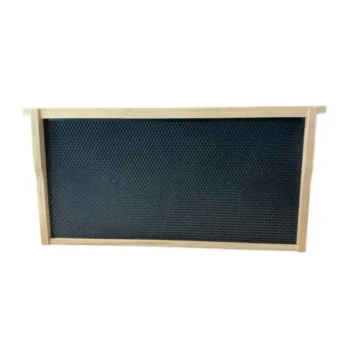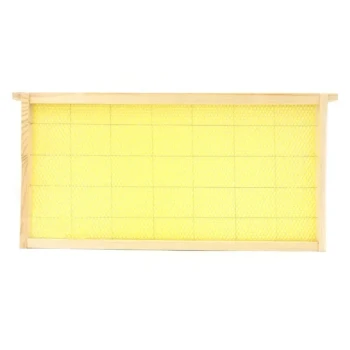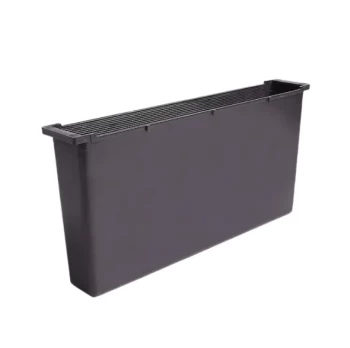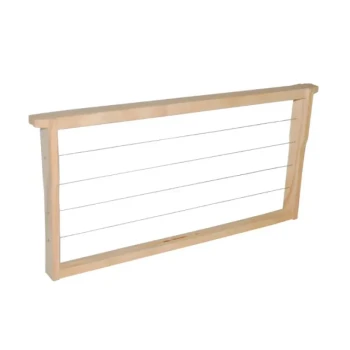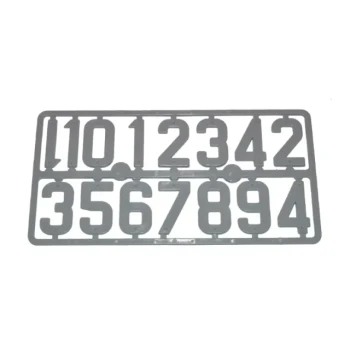The best material for a beehive depends on balancing durability, cost, and your local climate. While wood is the traditional and most common choice, modern materials offer distinct advantages in insulation and maintenance. Ultimately, the bees are adaptable and will thrive in any well-managed hive as long as the interior is untreated and safe.
The decision is less about what the bees prefer and more about what the beekeeper needs. Your choice of material directly impacts your budget, the amount of maintenance required, and how the hive performs in extreme weather.
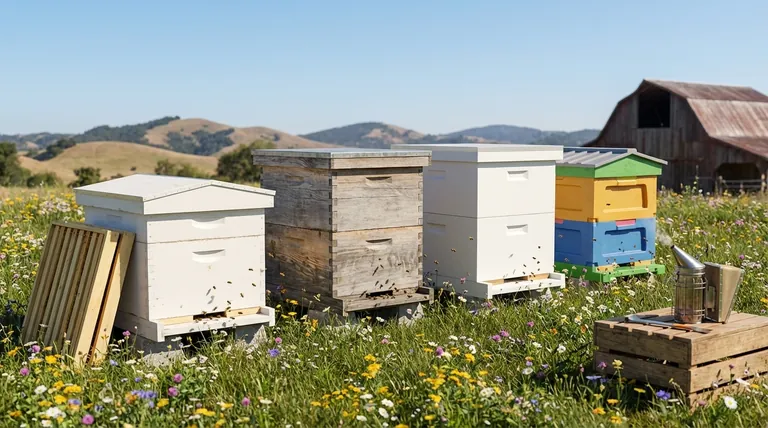
The Traditional Choice: Wood
Wood is the classic material for beehives, valued for its natural properties and traditional aesthetic. However, not all woods are created equal.
Pine - The Industry Standard
Pine is the most popular choice for beehive construction, primarily due to its affordability and widespread availability. It provides a solid structure and is relatively easy to work with.
However, pine has poor natural resistance to rot and weathering. To ensure a long service life, pine hives must be protected with several coats of exterior-grade paint or a natural, non-toxic stain on the outside surfaces only.
Cedar - The Premium Option
Cedar is a superior wood for hives due to its natural oils, which make it inherently resistant to rot and insect damage. It is also significantly lighter than pine, making boxes easier to lift.
While more expensive, a cedar hive can last for decades with minimal upkeep and often requires no paint at all, developing an attractive silver-grey patina over time.
Whitewood (Spruce/Fir) - The Budget-Conscious Pick
"Whitewood" typically refers to spruce or fir. This is often the most economical option available, making it a viable entry point for new beekeepers.
Be aware that whitewood is the least durable of the common wood choices. It is highly susceptible to the elements and will degrade quickly if not diligently painted and maintained.
Modern Alternatives and Their Purpose
While wood is traditional, engineered materials have been developed to solve specific challenges, particularly related to insulation and durability.
High-Density Polystyrene (HDPS)
High-density polystyrene hives are engineered for one primary purpose: superior insulation. The material's R-value is many times higher than that of wood.
This thermal efficiency helps the colony maintain its crucial cluster temperature in winter and keeps the hive cooler in extreme summer heat, reducing stress on the bees. They are also extremely lightweight.
Plastic Hives
Hives made from food-grade, UV-stabilized plastic are built for maximum durability and ease of use. They will not rot, require no painting, and can withstand years of abuse.
Their non-porous surface makes them very easy to clean and sterilize, which is a significant advantage for disease management. Pests like wax moths also cannot chew into the hard plastic.
Understanding the Trade-offs
Choosing a material is a matter of weighing competing priorities. There is no single "best" option, only the best fit for your specific goals.
Durability vs. Cost
Pine offers the lowest upfront cost but requires the ongoing cost and labor of maintenance. Cedar and plastic have a higher initial cost but offer a much longer lifespan with far less maintenance.
Insulation vs. Breathability
This is a critical technical trade-off. Wood is naturally breathable, which helps the hive manage internal humidity. Polystyrene offers vastly superior insulation but is not breathable, meaning proper ventilation is essential to prevent condensation.
Maintenance and Handling
Wood requires regular painting to prevent rot. Polystyrene is lightweight but can be damaged by hive tools or pests if not handled carefully. Plastic is virtually maintenance-free but can become brittle after many years of UV exposure.
Making the Right Choice for Your Apiary
Select your hive material based on your primary objective as a beekeeper.
- If your primary focus is budget and getting started quickly: Choose pine, but understand that you must protect it with a quality exterior paint.
- If your primary focus is longevity and a "natural" approach: Invest in cedar for a beautiful, long-lasting hive that requires minimal chemical treatment.
- If your primary focus is hive performance in extreme climates: High-density polystyrene offers unparalleled insulation to protect your bees from winter cold and summer heat.
- If your primary focus is durability and ease of sanitation: Choose a plastic hive for a virtually indestructible and easy-to-clean solution.
Ultimately, the ideal hive material is the one that best supports your management style, budget, and local environment.
Summary Table:
| Material | Best For | Key Advantage | Key Consideration |
|---|---|---|---|
| Pine | Budget-conscious beekeepers | Low upfront cost, widely available | Requires regular painting to prevent rot |
| Cedar | Longevity & a natural approach | Naturally rot-resistant, durable | Higher initial cost than pine |
| Polystyrene (HDPS) | Extreme climates (hot/cold) | Superior insulation, lightweight | Not breathable; requires good ventilation |
| Plastic | Durability & easy sanitation | Maintenance-free, easy to clean | Can become brittle with prolonged UV exposure |
Ready to Equip Your Apiary with the Right Hives?
Choosing the correct hive material is crucial for the health of your colony and the efficiency of your operation. HONESTBEE supplies durable, high-quality beekeeping supplies and equipment to commercial apiaries and distributors through our wholesale-focused operations.
We help you make the best investment for your specific climate and management style, ensuring your bees have a safe, productive home.
Contact us today to discuss your needs and request a wholesale quote: Get in Touch
Visual Guide
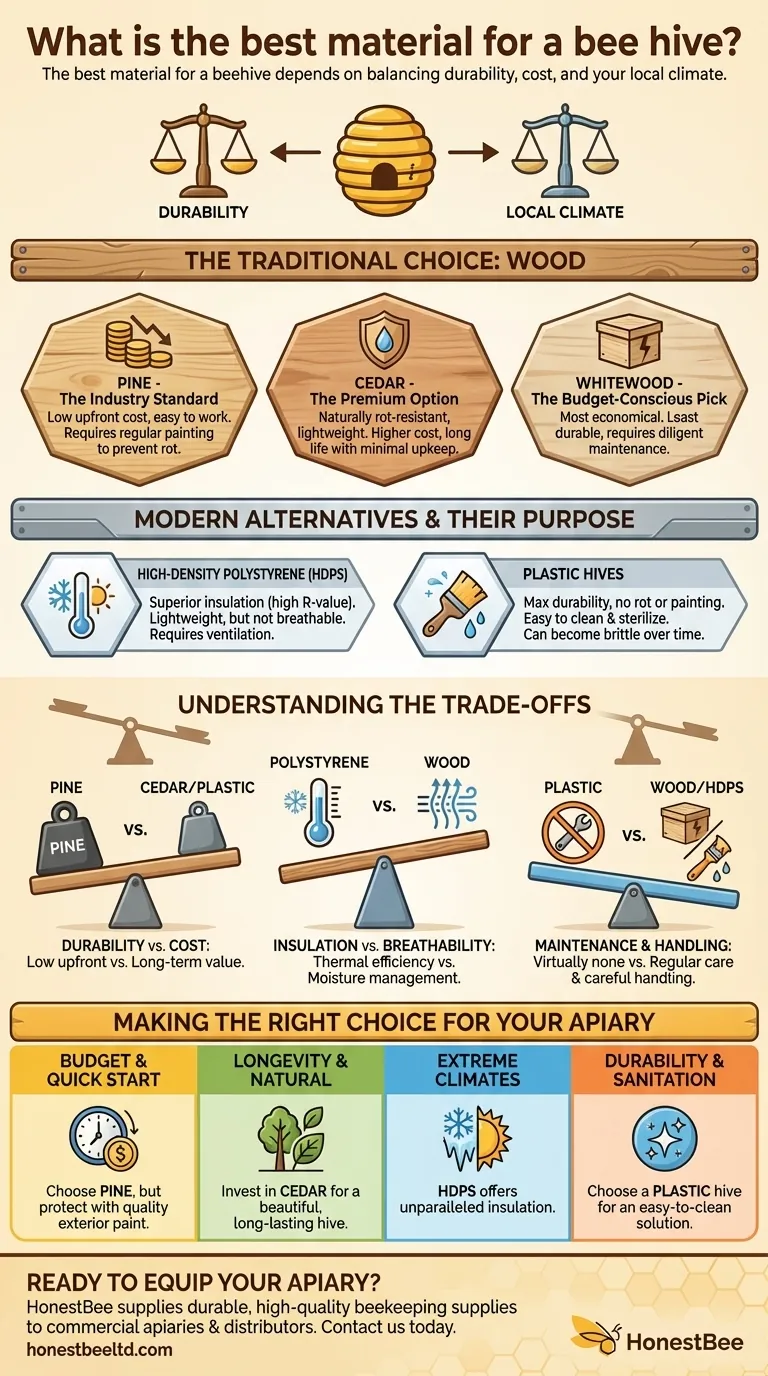
Related Products
- Wholesales Dadant Size Wooden Bee Hives for Beekeeping
- Assembled Wooden Bee Frames with Plastic Foundation for Durability and Convenience by HONESTBEE
- Plastic Bee Frame Beekeeping Hive Frames for Wholesale
- Long Langstroth Style Horizontal Top Bar Hive for Wholesale
- 4 Frame Plastic Nuc Boxes for Beekeeping Bee Nuc Box
People Also Ask
- What are the characteristics of oil-based paint for beehives? Durability vs. Modern Practicality
- What are the advantages of wooden bee hives? Superior Bee Health & Beekeeper Flexibility
- What should you do if you find an ant nest near your beehive? Essential Strategies for Hive Protection
- What are the essential pieces of equipment for most beekeepers? Get Started with the Right Gear
- What is beekeeping equipment? Essential Tools for Commercial Apiaries & Distributors

